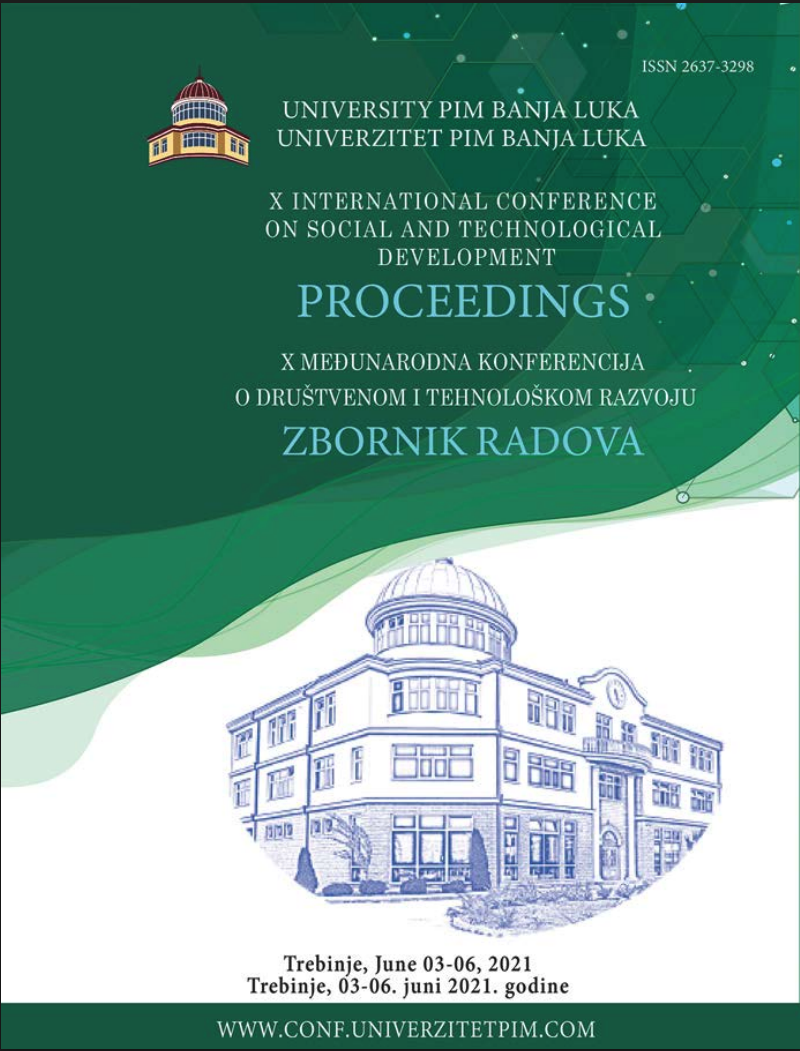
This is an open access article distributed under the Creative Commons Attribution License which permits unrestricted use, distribution, and reproduction in any medium, provided the original work is properly cited.
Faculty of Philosophy, University PIM , Banja Luka , Bosnia and Herzegovina
Faculty of Philosophy, University PIM , Banja Luka , Bosnia and Herzegovina
The paper deals with the path which Emily Bronte’s heroines undergo in the quest for (self)- liberation. It provides an analysis of the way in which Bronte builds her female characters, using gothic as a starting point and then abandoning it for the reader to realize that the heroines are not to face familiar gothic denouement, where they are supposed to find salvation in a romantic hero’s embrace. Abandoning the gothic, the writer moves the story into a broader context and presents women’s need to find their own salvation from subordinate positions. Even the order in which the stories are given proves the point that Bronte heads towards a self-actualized heroine: from Isabella as the closest one to the gothic heroine image towards Cathy who manages to find her own path to happiness. Thus, we follow the masterful guidance of the heroines from the Gothic denouement, through transformation towards self-realization/liberation. The paper attempts to reveal to what extent Wuthering Heights heroines match and/or mismatch the image of the Gothic heroine introduced in literature by Horace Walpole with his Isabella (The Castle of Otranto), Matthew Lewis with his Antonia (The Monk) and Ann Radcliffe with her Emily (The Mysteries of Udolfo), why and how the heroines experience transformation, to what extent their identities are free of their double pairs, how much their battle is a feminist one and finally what kind of liberation they reach.
gothic, identity, self-actualization, double pairs, female gothic, feminist gothic, gothic feminism
The statements, opinions and data contained in the journal are solely those of the individual authors and contributors and not of the publisher and the editor(s). We stay neutral with regard to jurisdictional claims in published maps and institutional affiliations.